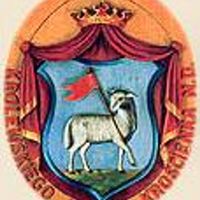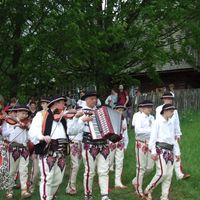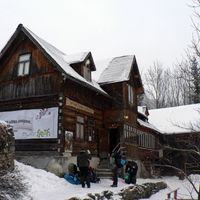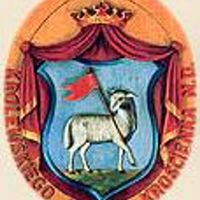Gorce Mountains
8.44

Overview
The Gorce Mountains are a range in the Western Beskids, distinguished by their rich natural world and diverse landscape. The Gorce area is home to 185 species of vertebrates, 21 of which are listed in the Polish Red Data Book of Animals. Among the amphibians is the Carpathian newt, while the most valuable bird species include the black grouse and various woodpeckers. The Gorce Mountains provide a habitat for wild mammals such as the brown bear and the Eurasian lynx. The region is also home to many rare plants, including Carpathian endemics.
Ethnographically, the Gorce region is inhabited by several groups, including the Podhalans and the Pieniny Highlanders. Historically, the area was first mentioned in records in 1254, and tourism in the Gorce Mountains began in the 19th century, with the first trails marked by the Polish Tatra Society. The area features valuable architectural monuments, such as clusters of traditional shepherd huts, which are examples of pastoral architecture.
The Gorce Mountains are not only a destination for hiking and recreation but also host organized rallies and support the development of ski tourism, with over 80 ski runs. The Main Beskid Trail runs through the Gorce range, and its most prominent peak is Turbacz. An interesting fact is that the fire salamander, a symbol of the region, can be found in the Gorce National Park. The area also features two small lakes, which are in the final stages of overgrowth.
Overall, the Gorce region, with its rich fauna and flora and a history spanning centuries, presents a unique blend of nature, culture, and highland traditions.
Location
You can also find here:
2025 Wizytor | All Rights Reserved









